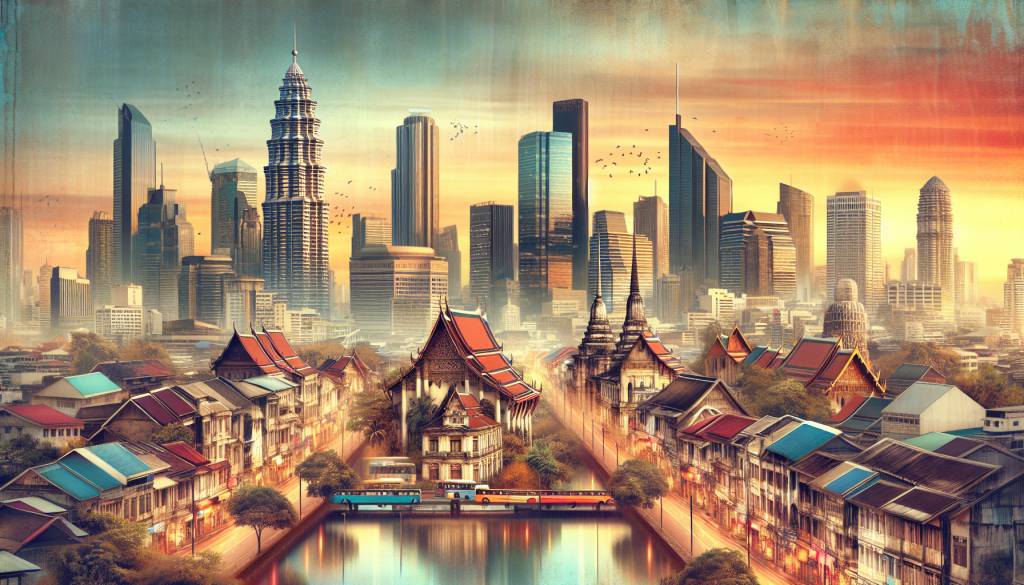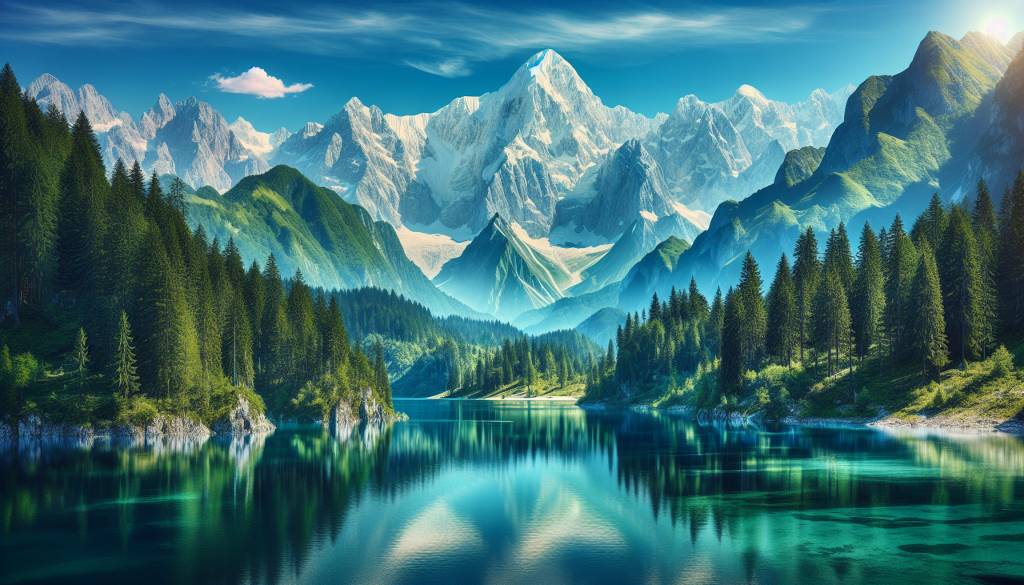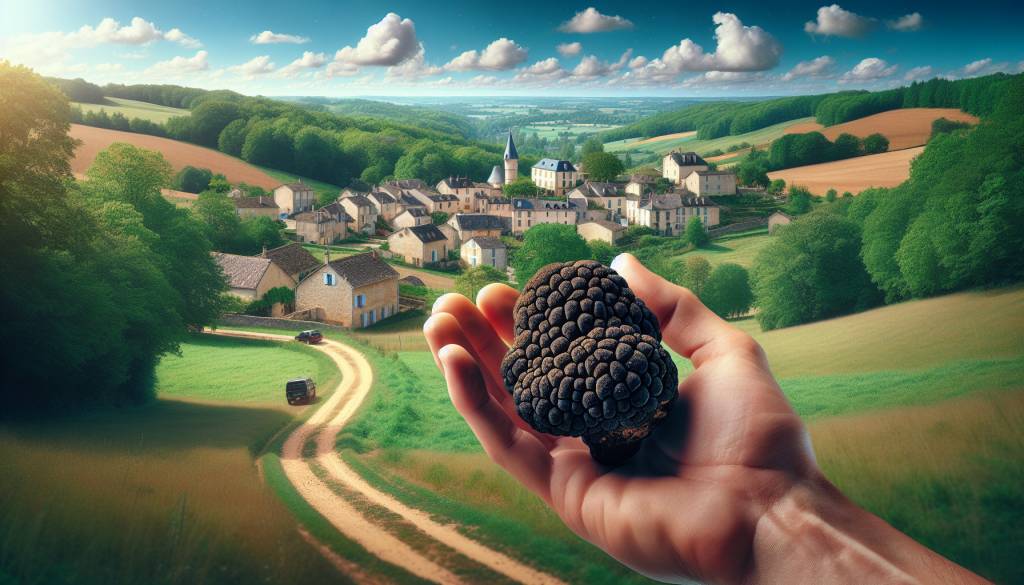Art and architecture: a cultural journey through Barcelona
An Introduction to Barcelona’s Cultural Tapestry
Barcelona, the vibrant capital of Catalonia, is a city that effortlessly blends the historic with the avant-garde. Known for its unique art and architecture, Barcelona offers a captivating journey through centuries of cultural evolution. From Gothic cathedrals to modernist masterpieces, this city provides an unparalleled experience for art lovers and architecture enthusiasts alike.
The Architectural Marvels of Antoni Gaudí
No discussion of Barcelona’s architecture would be complete without mentioning Antoni Gaudí, the genius behind some of the city’s most iconic structures. His works, characterized by fluid lines and organic forms, dominate the cityscape, giving it an almost surreal aesthetic.
- Sagrada Família: Still under construction after more than a century, this basilica seamlessly combines Gothic and Art Nouveau styles. Its towering spires and intricate facades are a testament to Gaudí’s visionary skill.
- Park Güell: This public park is a magical wonderland of colorful mosaics, serpentine benches, and whimsical structures. The view of Barcelona from the park’s terrace is breathtaking.
- Casa Batlló: Located on Passeig de Gràcia, this building is a marvel of modernist architecture. With its skeletal structure and vibrant colors, it stands out even among the city’s numerous architectural gems.
- Casa Milà (La Pedrera): Known for its undulating stone facade and wrought-iron balconies, Casa Milà offers a rooftop with chimneys that resemble surreal sculptures.
Exploring the Gothic Quarter
The Gothic Quarter, or Barri Gòtic, is the oldest part of Barcelona and a maze of narrow medieval streets filled with history and charm. Walking through this labyrinthine district feels like stepping back in time, with Gothic buildings and Roman ruins around every corner.
- Barcelona Cathedral: One of the most significant landmarks in the Gothic Quarter, this cathedral is a masterpiece of 14th-century Gothic architecture. Its impressive facade and stunning cloister make it a must-visit.
- Placa Reial: This vibrant square is lined with palm trees and neoclassical buildings, and is famous for its lively nightlife and outdoor cafes.
- Roman Walls: Remnants of the ancient Roman walls that once surrounded Barcino, the Roman name for Barcelona, can still be seen in this historic district.
Modernist Architecture Beyond Gaudí
While Gaudí’s works are undoubtedly the most famous, Barcelona is home to numerous other examples of stunning modernist architecture. This architectural movement, which originated in the late 19th and early 20th centuries, is characterized by its emphasis on decorative elements and innovative use of materials.
- Palau de la Música Catalana: A UNESCO World Heritage Site, this concert hall is a dazzling display of stained glass, mosaics, and sculptures. It was designed by Lluís Domènech i Montaner, a contemporary of Gaudí.
- Hospital de Sant Pau: Also designed by Lluís Domènech i Montaner, this complex serves as both a functioning hospital and a stunning example of modernist architecture. Its pavilions and gardens offer a unique blend of aesthetics and functionality.
- Casa Lleó Morera: Located on Passeig de Gràcia, this elegant building was designed by architect Lluís Domènech i Montaner. Its facade and interior are richly decorated with mosaics, stained glass, and sculptures.
The Influence of Contemporary Art
Barcelona is not just a city of historic and modernist architecture; it is also a thriving hub for contemporary art. Museums, galleries, and public art installations make it a vibrant canvas for artistic expression.
- Museu Picasso: This museum houses one of the most extensive collections of artworks by the 20th-century Spanish artist Pablo Picasso. The museum is located in several adjoining medieval palaces in the La Ribera neighborhood.
- MACBA (Museum of Contemporary Art Barcelona): Located in the El Raval neighborhood, this museum showcases a wide range of contemporary art, with a focus on Catalan and Spanish artists.
- Fundació Joan Miró: Dedicated to the works of Joan Miró, this foundation provides insight into the life and art of one of Catalonia’s most renowned artists. It is situated on Montjuïc hill, offering stunning views of the city.
Street Art and Public Installations
Barcelona’s art scene isn’t confined to its museums and galleries; the city’s streets themselves are a canvas. Street art and public installations are an integral part of Barcelona’s urban fabric, adding a layer of vibrancy and dynamism.
- El Beso de Joan Fontcuberta: Located in the Gothic Quarter, this mural is made up of thousands of small photographs contributed by Barcelona residents, forming a larger image of a kiss.
- El Pez Dorado: This golden fish sculpture by Frank Gehry is situated at the Port Olímpic. Its shimmering scales reflect the sunlight, creating a spectacular display at different times of the day.
- Street Art in El Raval: This neighborhood is a hotbed for street artists, with colorful murals and graffiti adorning many of its walls. The blend of cultures in El Raval creates a unique and ever-changing art scene.
Experiencing Traditional Catalan Art
Traditional Catalan art also plays a significant role in Barcelona’s cultural identity. From Romanesque to Baroque, these art forms offer a glimpse into the rich history and heritage of the region.
- Museu Nacional d’Art de Catalunya (MNAC): Located on Montjuïc hill, this museum houses a vast collection of Catalan art ranging from the Romanesque period to the early 20th century.
- Monasterio de Pedralbes: This Gothic monastery offers a serene escape from the bustling city. Its collection of religious art and its beautifully preserved architecture provide a peaceful and enriching experience.
Barcelona’s Architectural Landscape:
Barcelona’s architectural landscape is as diverse as it is breathtaking. The city’s blend of historic, modernist, and contemporary styles creates a unique visual and cultural experience. This journey through Barcelona’s art and architecture offers a deeper understanding of the city’s soul and its perpetual quest for beauty and innovation.
The architectural masterpieces of Antoni Gaudí, the medieval charm of the Gothic Quarter, the modernist marvels beyond Gaudí, the thriving contemporary art scene, and the vibrant street art all contribute to making Barcelona a must-visit destination for anyone interested in art and architecture. Whether you’re wandering the narrow streets of the Gothic Quarter, marveling at Gaudí’s fantastical creations, or exploring the cutting-edge exhibitions at MACBA, Barcelona has something to inspire and delight every visitor.



